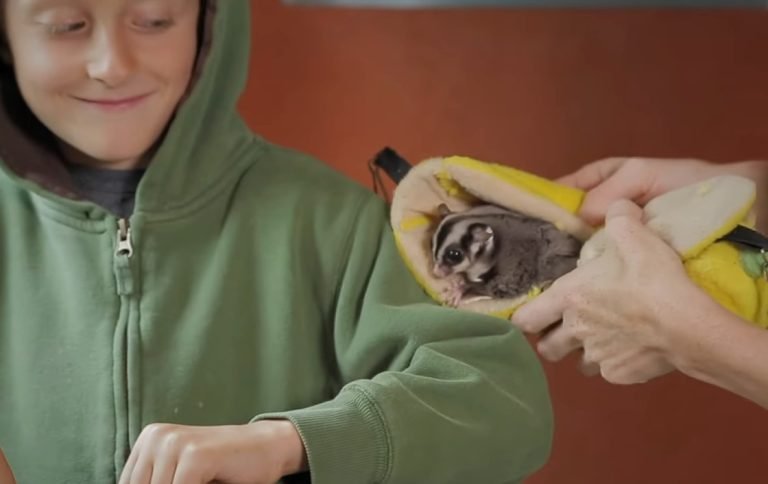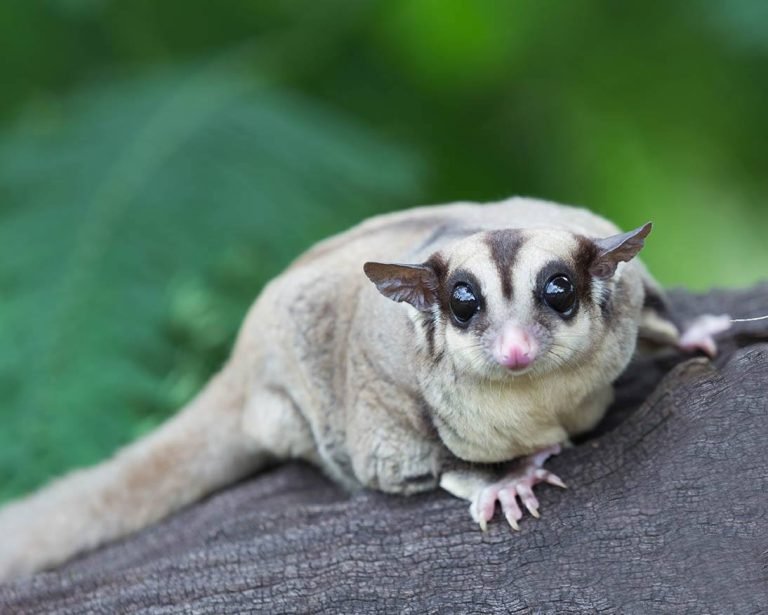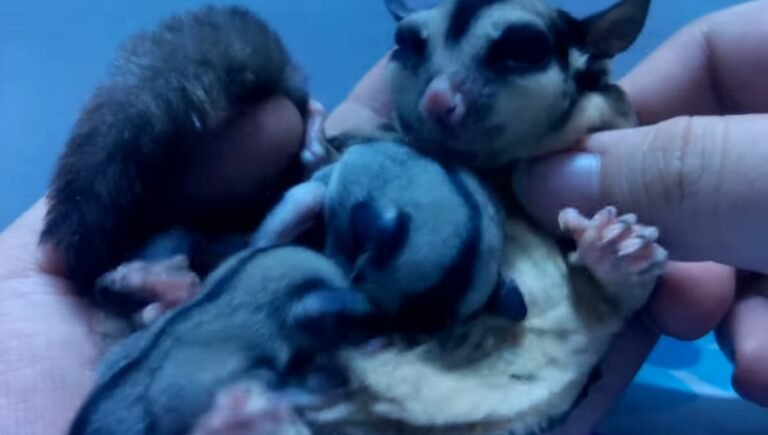Why Is My Sugar Gliders Fur Turning Yellow
Why is my sugar gliders fur turning yellow?
The enigmatic world of sugar gliders often throws surprises our way, and one such mystery that can leave pet owners puzzled is the sudden change in their fur color. For devoted caregivers, observing a shift to a yellow hue in their sugar glider’s fur can be both confusing and concerning. The question lingers: “Why is my sugar glider’s fur turning yellow?”
In this insightful article, we will embark on a journey to unravel the reasons behind this intriguing phenomenon. Delving into the intricate aspects of sugar glider physiology and behavior, we will explore the various factors that might influence this change. Understanding these nuances is not just essential for the pet’s well-being but also vital for providing the best possible care. Join us as we decipher the secrets behind this surprising transformation, ensuring you can nurture your sugar glider with knowledge and confidence.
Possible Causes of Yellow Fur
Dietary Imbalance
One of the most common reasons for sugar gliders’ fur turning yellow is a dietary imbalance. These small marsupials require a balanced diet that consists of protein, fruits, vegetables, and a source of calcium. If their diet lacks variety or is deficient in certain nutrients, it can lead to various health issues, including fur discoloration. Yellow fur can be an indication of a lack of certain vitamins or minerals in their diet.

Liver Issues
Another reason for yellow fur in sugar gliders can be liver problems. The liver plays a crucial role in maintaining the overall health of an animal, including the integrity of their fur. If the liver is not functioning properly, it can impact the production of certain enzymes and pigments responsible for the color of the fur. Liver issues can be caused by a variety of factors, such as poor diet, medication side effects, or an underlying medical condition.
Stress or Anxiety
Sugar gliders are social animals and thrive on companionship. If they are stressed or anxious, it can manifest in various ways, including changes in their fur color. Stress can affect their overall health and well-being, including the quality and appearance of their fur. If a sugar glider is experiencing stress due to factors like loneliness, a change in environment, or a lack of mental stimulation, it can lead to yellowing of their fur.
Age-related Changes
As sugar gliders age, their fur color can naturally change. Just like humans, animals go through various stages of life, and these stages can impact their appearance. Some sugar gliders may experience a gradual change in fur color as they get older, which can include a yellowing effect. However, it’s essential to monitor any significant changes and consult a veterinarian to ensure there are no underlying health issues causing the color change.
Addressing Yellow Fur in Sugar Gliders
Dietary Evaluation
If you suspect that a dietary imbalance is the cause of your sugar glider’s yellow fur, it’s crucial to evaluate their current diet. Ensure that they are receiving a balanced diet that includes a variety of fruits, vegetables, protein, and a calcium source. Consult with a veterinarian who specializes in exotic pets to ensure that their nutritional needs are being met and make any necessary adjustments to their diet.
Veterinary Examination
If you’ve ruled out dietary issues or suspect that an underlying health problem is causing the yellow fur, it’s essential to take your sugar glider to a veterinarian. A thorough examination can help identify any potential liver issues, infections, or other medical conditions that might be affecting their fur color. The veterinarian may recommend further tests, such as blood work or a liver function test, to get a better understanding of your sugar glider’s overall health.
Environmental Enrichment
If stress or anxiety is causing your sugar glider’s fur to turn yellow, it’s essential to provide them with an enriched environment. Sugar gliders need mental stimulation, social interaction, and plenty of exercise to thrive. Consider investing in toys, a larger cage, and a companion for your sugar glider. Spending quality time with them, providing hiding spots, and ensuring they have a proper sleep schedule can also help alleviate stress and improve their overall well-being.
Regular Veterinary Check-ups
Preventive care is crucial for maintaining the health and well-being of your sugar glider. Schedule regular check-ups with a veterinarian who specializes in exotic pets to monitor any changes in their fur, as well as address any other health concerns they may have. Regular visits will help catch any potential issues early on and ensure your sugar glider is receiving the necessary care to keep their fur vibrant and healthy.
Frequently Asked Questions
1: Can stress cause yellow fur in sugar gliders?
Yes, stress can contribute to fur discoloration in sugar gliders. When these animals become stressed or anxious, it can impact their overall health and manifest in various ways, including changes in their fur color. It’s essential to provide them with a stimulating and enriched environment to prevent stress-related issues.
2: What should I do if my sugar glider’s fur is turning yellow?
If you notice your sugar glider’s fur turning yellow, it’s crucial to evaluate their diet, monitor their well-being, and consult with a veterinarian. Ensure they are receiving a balanced diet, and consider environmental factors that may be causing stress. A veterinarian can help identify any underlying health issues and provide appropriate treatment.
3: Can sugar gliders’ fur naturally change color as they age?
Yes, just like with humans, animals’ fur can change color as they age. Some sugar gliders may experience a gradual change in fur color, which can include yellowing. However, significant changes should be monitored and assessed by a veterinarian to rule out any underlying health concerns.
Final Thoughts
Taking care of a sugar glider involves more than just providing them with a comfy cage and a varied diet. When you notice changes in their fur color, such as yellowing, it’s crucial to investigate the potential causes and take appropriate action. Whether it’s addressing dietary imbalances, seeking veterinary care, reducing stress, or providing an enriched environment, your sugar glider’s well-being should be a top priority. By understanding the possible triggers for yellow fur and taking the necessary steps to address them, you can help your sugar glider maintain a healthy and vibrant coat.







